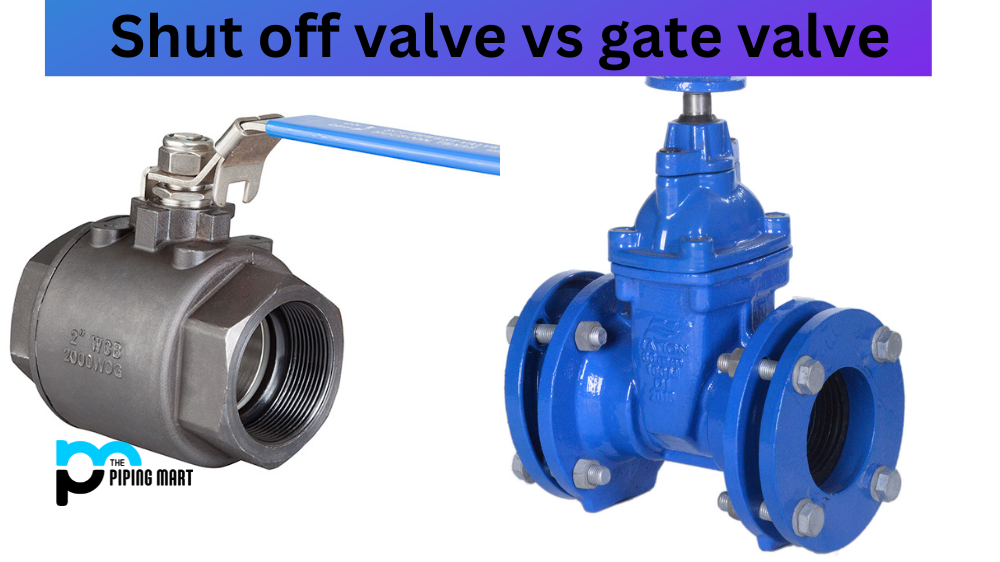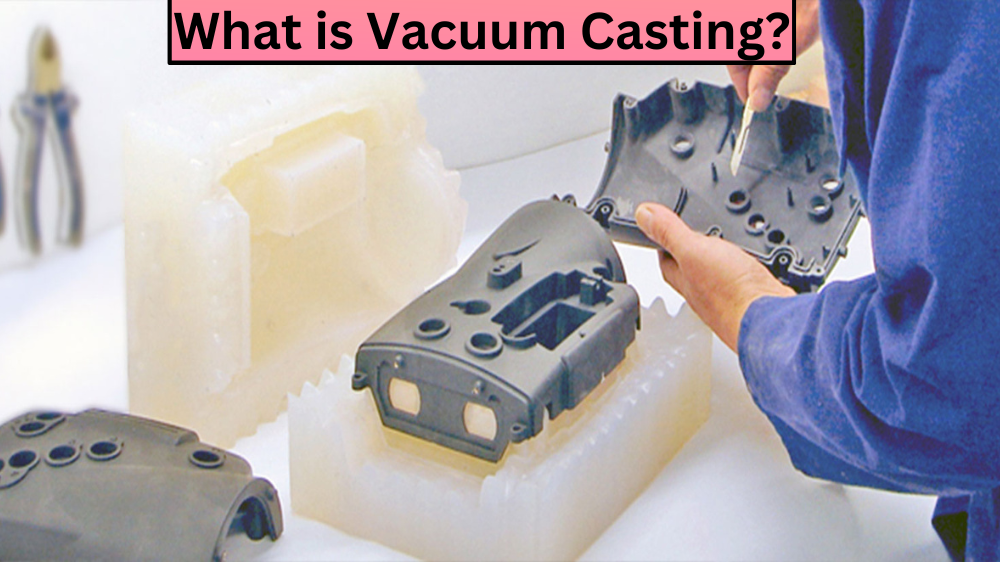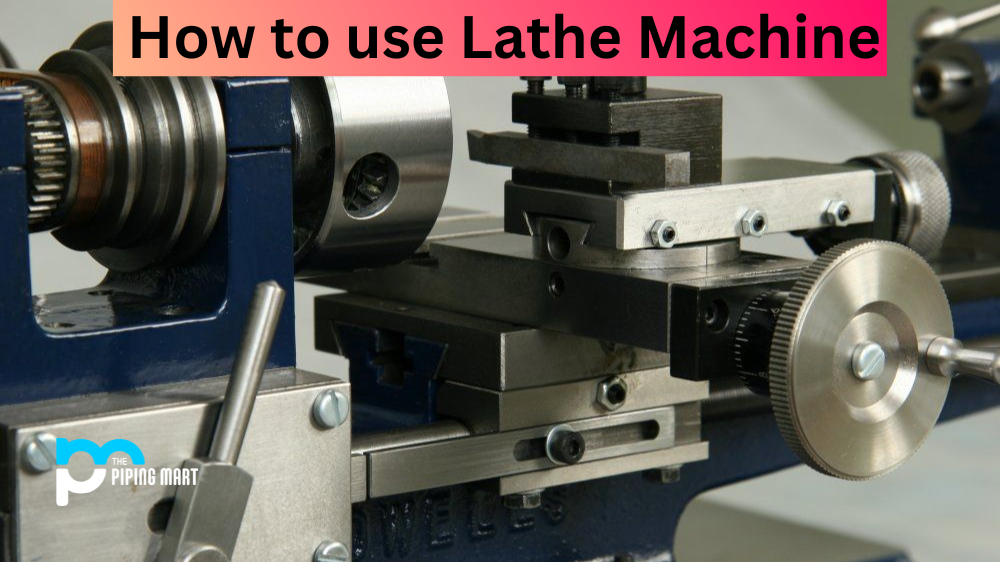When it comes to plumbing systems, two of the main components used to control thermal expansion are the thermal expansion relief valve and the expansion tank. But what exactly is the difference between these two pieces of equipment? Let’s take a closer look at each one and explore how they work together to regulate thermal expansion in plumbing systems.
Thermal Expansion Relief Valve
Thermal Expansion Relief Valve (TERV) is designed to protect water heaters, boilers, and other pressurized storage vessels from excessive pressure buildup caused by thermal expansion. This valve opens when it detects an increase in system pressure above a predetermined level, allowing the hot water pressure to escape into a nearby drain line. TERVs come in various sizes and can be manually adjusted or automatically reset depending on your needs. A thermal expansion relief valve is a device that is installed in a water heater to protect it from damage caused by thermal expansion. Thermal expansion is the increase in volume that occurs when water is heated. This increase in volume can cause the pressure in the water heater to increase, which can lead to damage to the unit. A thermal expansion relief valve is designed to open and release water from the heater when the pressure gets too high, thus preventing damage to the unit.
Expansion Tank
An Expansion Tank is designed to absorb excess pressure that has been released from the TERV. It works by using a diaphragm inside the tank that expands when hot water enters, preventing damage to appliances due to increased water pressure. Expansion tanks come in different sizes depending on your system requirements and can be installed horizontally or vertically depending on your space constraints. An expansion tank is a device that is installed in a water heater to protect it from damage caused by thermal expansion. Expansion tanks work by absorbing the increased volume of water that results from thermal expansion. This prevents the pressure in the water heater from increasing, which can lead to damage to the unit. Expansion tanks are typically made of metal or plastic, and they are available in a variety of sizes.
Difference Between Thermal Expansion Relief Valve and An Expansion Tank
Both of these components play an important role in controlling thermal expansion in plumbing systems and need to be regularly inspected for signs of wear or damage. If either component fails, it could lead to serious problems such as leaks or even flooding due to excessive pressure buildup. As such, it’s important that both the TERV and the Expansion Tank are regularly inspected by qualified professionals who know how each component works together as part of your plumbing system.
- Thermal expansion relief valves are devices that are installed in a home’s water line to protect against the damaging effects of thermal expansion.
- Expansion tanks are devices that are installed in a home’s water line to absorb the increased volume of water that results from thermal expansion.
- Thermal expansion relief valves relieve pressure by allowing water to flow out of the home’s water line when the pressure gets too high.
- Expansion tanks absorb the increased volume of water that results from thermal expansion, which prevents the water pressure from getting too high.
- Thermal expansion relief valves are less expensive than expansion tanks, but they require more maintenance and may not be as effective at preventing damage from thermal expansion.
Conclusion:
The Thermal Expansion Relief Valve (TERV) and the Expansion Tank are both essential components for controlling thermal expansion in plumbing systems. The TERV releases excess pressure while the Expansion Tank absorbs it, ensuring that appliances remain safe from potential overloads due to high temperatures or pressures within your home’s pipes. Regular inspection of both components by qualified professionals is key for keeping them running properly so that you can enjoy peace of mind knowing your plumbing system is always performing at its best!
Meet Heer, a dynamic and driven writer learning tricks of her trade in the metal industry. With a background in Digital Marketing, Heer brings a unique perspective to her writing, sharing valuable insights. Apart from blogging she like reading and hiking.




